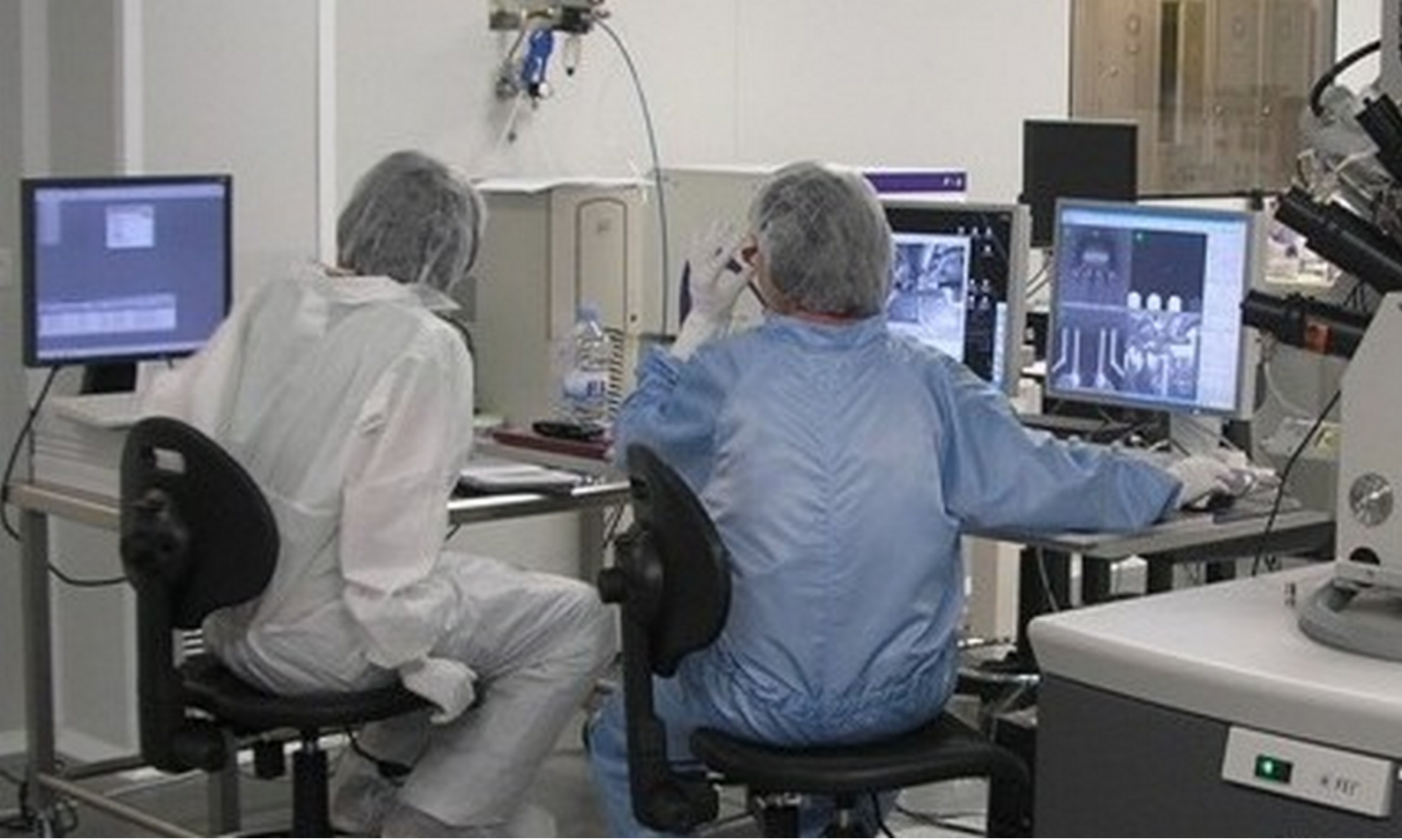The Institut Jean Lamour (IJL) is a fundamental and applied research laboratory in material science. It is a joint unit (UMR 7198) of the CNRS and Université de Lorraine and it is attached to the CNRS Institute of Chemistry.
It is a multi-thematic laboratory covering materials, metallurgy, nanosciences, plasmas, surfaces, and electronics in response to societal challenges such as energy, environment, the industry of the future, mobility, the preservation of resources, and health.
We are the spintronics & nanomagnetism team.
Our the involved team within IJL is working in 4 main areas of magnetism:
- design & growth of unique magnetic structure;
- engineering & characterization of nanoscale magnetism;
- understanding and pushing spin transport into new frontiers;
- control and study of magnetization dynamics from DC to ultrafast timescales.
Its research work ranges from the design of materials to their industrial applications.
Principal investigators


Juan-Carlos Rojas-Sánchez is a CNRS permanent researcher at Institute Jean Lamour (IJL), Nancy, France. He received his Bachelor in Physics in 1999 from the National University of Engineering (UNI), Lima, Peru, his Master in Physics in 2004, and his Ph.D. in Physics in 2011, both from Balseiro Institute (National University of Cuyo), Bariloche Atomic Center, Bariloche, Argentina. His main research interest includes spintronics, spin current, spin Hall effect, Edelstein effect, spin-orbit torque, and spin-orbitronics experiments in 3D and 2D systems.
Equipment
Nanomaterial growth and design have been the main team activity for many years. Since the 1980s the group is well recognized for its competence in magnetic thin film and heterostructures growth under a vacuum. Material science studies have helped to understand the correlation between atomic structure and magnetic and transport properties of thin films. The grown materials range from amorphous films to superlattices via epitaxial thin and ultra-thin multilayers.
Thanks to several various growth techniques (Molecular Beam Epitaxy, Magnetron sputtering, Pulse laser deposition, Atomic layer Deposition) all connected on the Tube Davm it is possible to elaborate a huge variety of materials that can be characterized in situ (Magneto-optic, Photoemission spectroscopy, Scanning Tunneling Microscopy) and ex situ (X-Ray Diffraction, Transmission Electron Microscopy, FMR, SQUID, PPMS magnetic characterization ).
In the last 5 years, the team has focused on epitaxial Heuslers and (Multi)functional Oxides.

